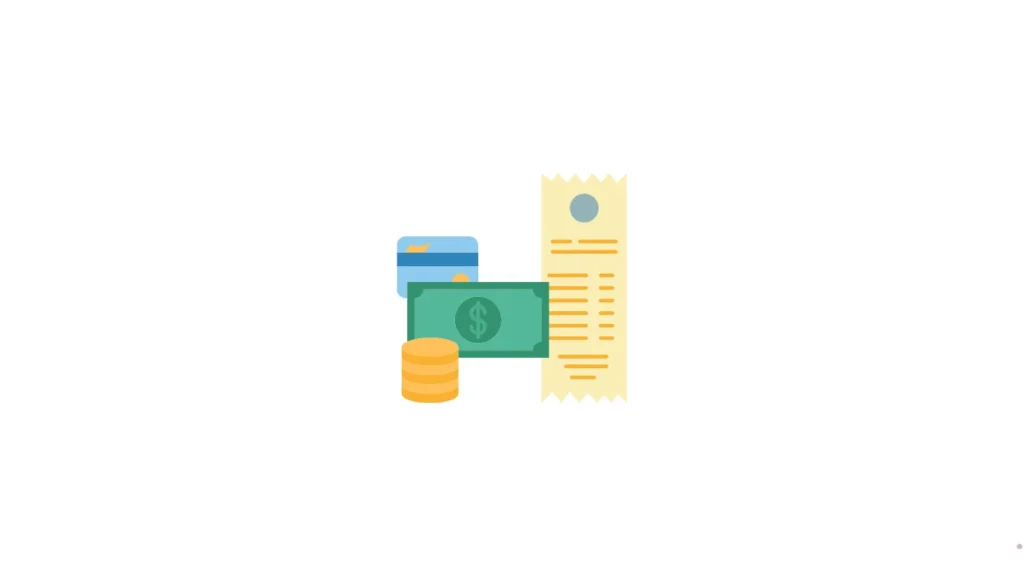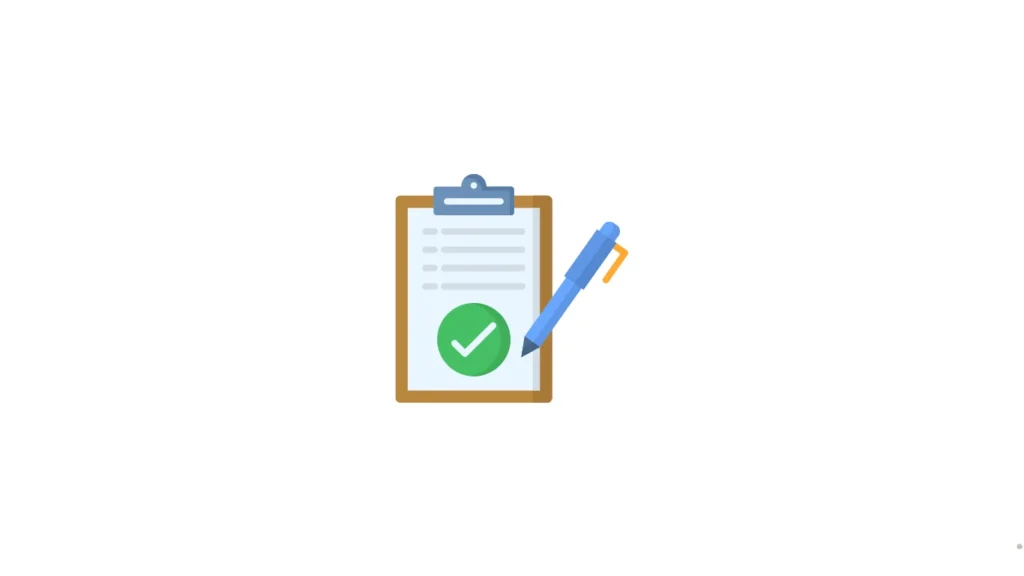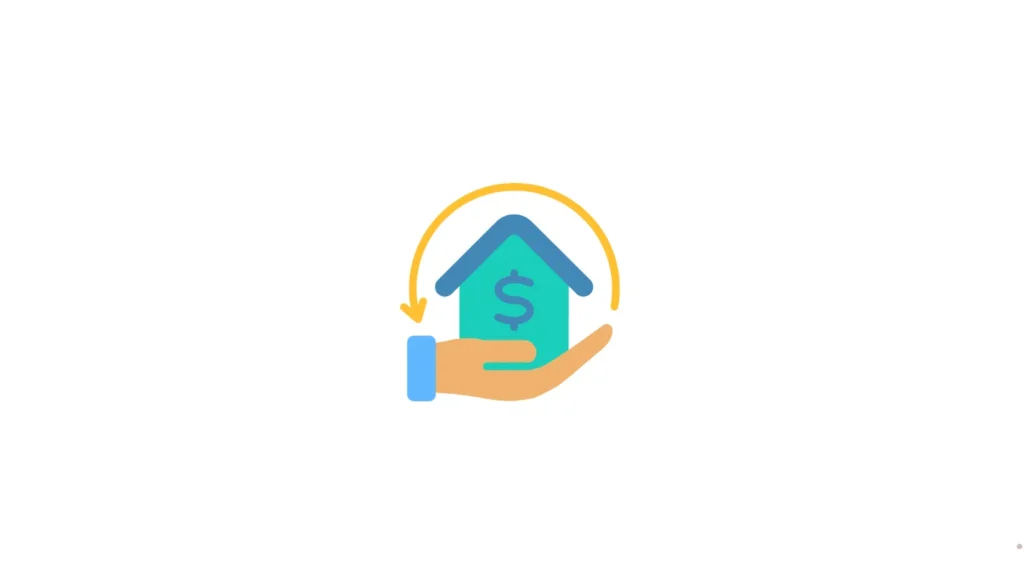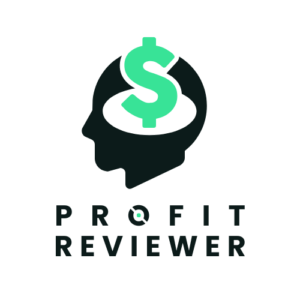Reverse Mortgage is a solution that enables seniors to afford the retirement lifestyle that often becomes an issue. This mortgage method allows homeowners to borrow home equity as a security backup. Reverse Mortgage Australia do not require senior homeowners to make regular monthly payments, leaving them with cash to be able to live and pay for daily expenses. This leaves the house in the owner’s custody and benefits them from capital growth. Until the death of the homeowner, moving out of the home, etc..
Home equity can be used in a myriad of ways. It can be used as an income stream, a lump sum for future renovation purposes, a contingency fund, a way to pay for health care expenses, an investment downpayment, cruises, the financial market, and more. By calculating your reverse mortgage, you can decipher how much equity you can retrieve and invest in something that will help your income grow.
Expenses Included in a Reverse Mortgage:
While reverse mortgages are the perfect solution for seniors who want financial flexibility and relief from the burden of monthly payments, some expenses should be considered.

Fees: There may be fees, including application, legal fees, valuation, and service charges.
Interest: The loan will charge compound interest, allowing the balance to grow faster over time.
Maintenance: Borrowers must keep the home in good condition to maintain insurance and pay the necessary property taxes.
Who is Eligible and Borrowing Limits?
The older you are, the higher the amount you can borrow. In the case of joint borrowers, the youngest person determines the eligibility amount. The minimum borrowing age usually is 60, but this varies per lender, as do the maximum loan size and loan-to-value ratio (LVR). The National Consumer Credit Protection Act’s Responsible Lending principles allow qualified applicants to borrow up to defined margins against the security of their principal housing. As a general guideline, you should anticipate being able to borrow 15-20% of the value of your home at 60 years of age, with 1% more per year for a maximum of 25-30% at age 70 and 35-40% at 80.
Reverse Mortgage Benefits:
Reverse mortgages have many benefits, such as accessing your home’s equity and freeing up some extra income for trading, investing, healthcare costs, and more. Retirees will most often choose reverse mortgages in their retirement plans in order to ensure they have cash flow during those years. The benefits of reverse mortgage Australia include.

Tax-Free—The money that seniors receive from a reverse mortgage is not income but rather a loan, so it is tax-free.
Financial freedom—Reverse mortgages can be granted to homeowners in several ways, including monthly payments, a line of credit from which they can withdraw money as needed, or a lump sum from which they receive all the funds at once to invest in stocks or the financial market.
The flexibility and financial freedom reverse mortgages offer are great for homeowners as each individual has their own needs and preferences.
Zero Mortgage—Reverse mortgages do not require monthly payments, unlike traditional mortgages. In reverse mortgages, repayment is pushed off until the home is sold, the homeowner passes away, or the homeowner moves out.
Retirement Income—Seniors with a set income or savings will greatly benefit from a reverse mortgage. It can provide money for daily expenses, trading, unexpected expenses, groceries, and more.
No Moving—Reverse mortgages give seniors the freedom to remain in their homes and not deal with moving logistics.
Financial Strain—Seniors who are paying their mortgages can use a reverse mortgage to help them pay it off. This will remove the monthly obligation to pay off the mortgage and give them some financial relief.
Reverse Mortgage Risks:
With the many benefits of a reverse mortgage, there are also some risks that should be considered. These risks can affect your financial future, retirement strategy, estate planning, and more.
Home Equity—Over time, the loan accumulates interest, and the balance owed just increases. The interest is then added to the balance of the loan. As a result, this reduces the home equity, which can essentially be used for daily expenses, inheritance for family members, investing, etc.
Early Repayment—While reverse mortgages are usually paid off when the homeowner passes away, decides to move out or sells the home, there are some cases where they can lead to early repayment. For example, when the homeowner decides to move into aged care earlier than planned or to relocate to a home of smaller capacity, lenders will charge repayment fees or penalties for paying off the loan before the set date.
Home Value—If property prices decline, the value of your home is bound to fluctuate, and your home equity can decrease faster than you thought. If you need to sell the home, the value may not cover the full loan balance.
Check out our article on Home Insurance Here.
Property Maintenance—A reserve mortgage borrower is responsible for keeping the property in good condition throughout his stay, paying taxes and insurance, and covering the costs of any necessary repairs and maintenance. If these obligations are not met, his stay in the home can be at risk.
How to Apply for a Reverse Mortgage?
Applying for a reverse mortgage in Australia includes a few easy steps.

- Decipher Your Needs – Assess how much you need, when, and how you plan on using it. This will give you more clarity on the urgency and logistics of the process.
- Contact Experts – Always consult with a professional such as a financial planner, a mortgage expert, or an experienced legal advisor. See what they have to say, allow them to guide you and make sure to ask them any questions you have about the process.
- Do Your Research – There are various lender options out there. Compare your lenders and their terms and conditions and find the one that best suits your needs and preferences.
- Valuation – your property will be checked to determine the amount you can borrow.
- Approval Process – Once authorised for a reverse mortgage, you can pick how you want to receive the funds, such as in lump sums, monthly payments, or other options.
How is a reverse mortgage repaid?
A reverse mortgage is repaid once the home is sold in the future. For example, if the homeowners downsize later on or need to move into aged care housing, the loan is therefore paid off from the proceeds of the estate. Additionally, the loan can be paid off whenever you wish with no penalty.
What is the youngest one can take out a reverse mortgage?
To be eligilbe to take out reverse mortgage, you shuld be past the age of 60.
How can the money from a Reverse Mortgage be used?
Reverse Mortgage money can be used in many ways, from grocery payments to healthcare expenses to investment money and more. Each individual has different needs and preferences, and that’s the beauty of reverse mortgages, as they enable users to use the money where they wish and grow their capital even as seniors.

Reverse Mortgages are a highly valuable tool for seniors looking to have extra cash on their hands. Reverse Mortgages allow seniors to enjoy their retirement years with some extra income, all the while being able to stay in their homes. Reviewing the benefits and risks of reverse mortgage Australia, assessing your needs, consulting with a professional, and doing proper research before deciding is important. Ultimately, a reverse mortgage can be a lifeline for those who need it, but it requires careful planning and informed decision-making to maximize its benefits while minimizing potential drawbacks. With the proper guidance, a reverse mortgage can provide peace of mind and help seniors enjoy a comfortable and secure retirement.






